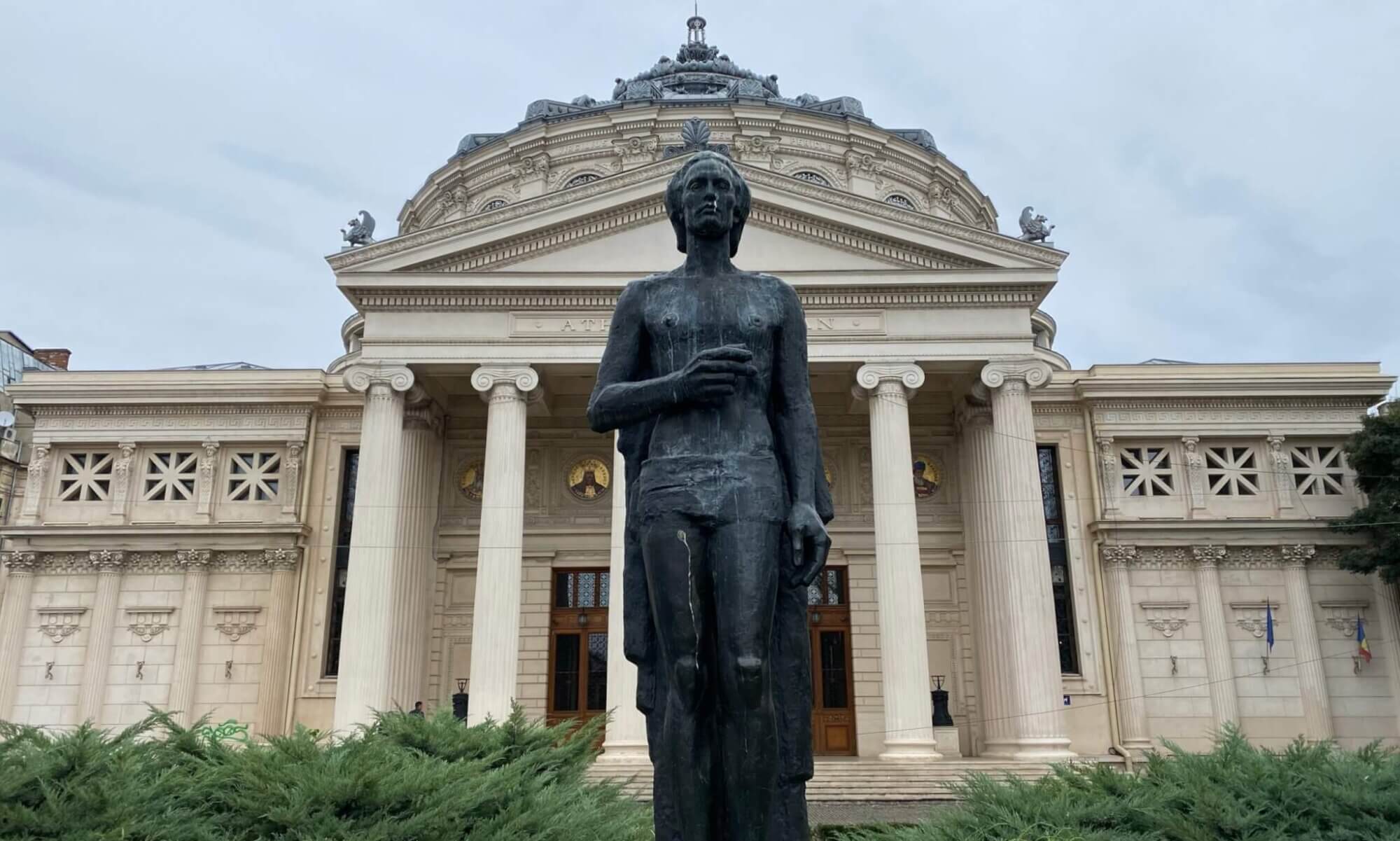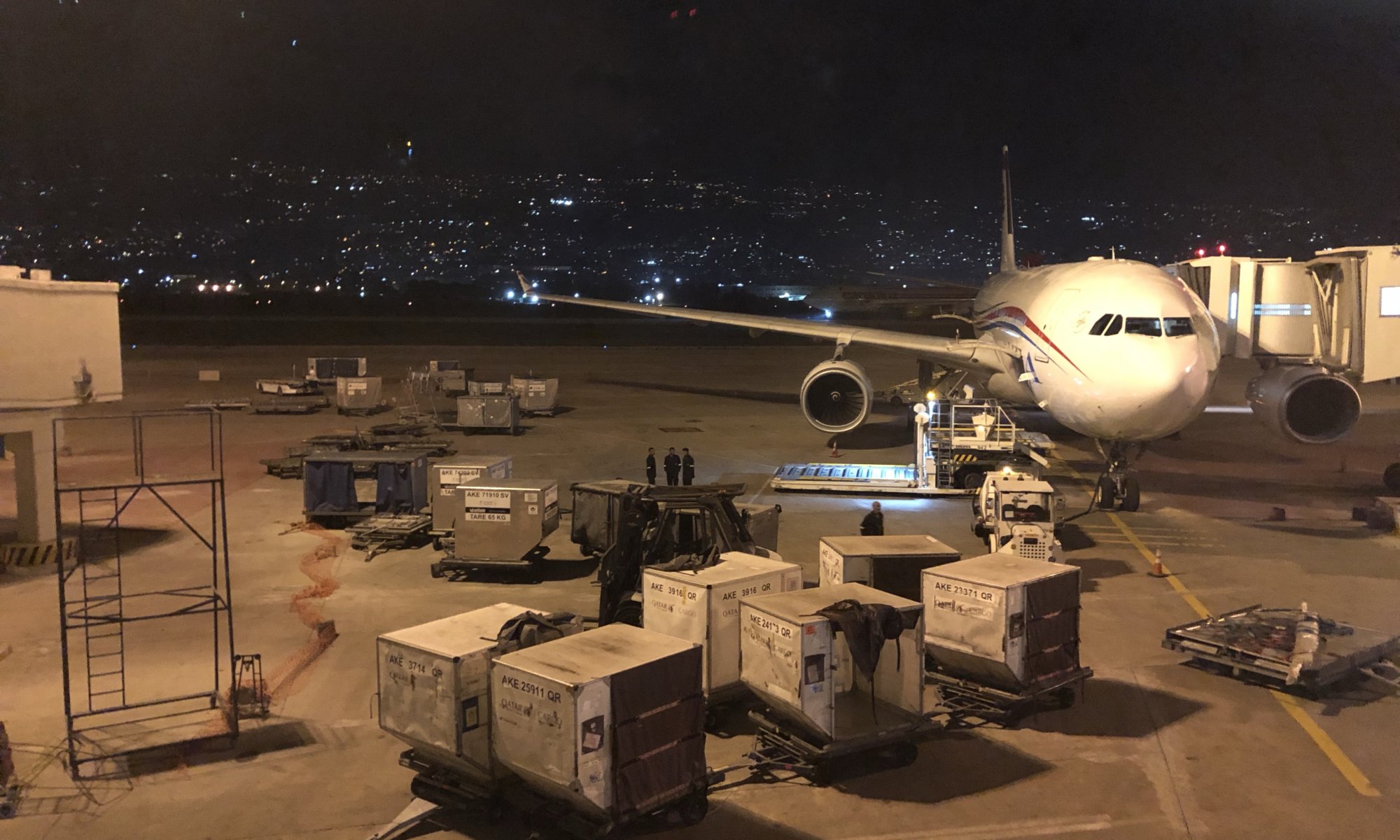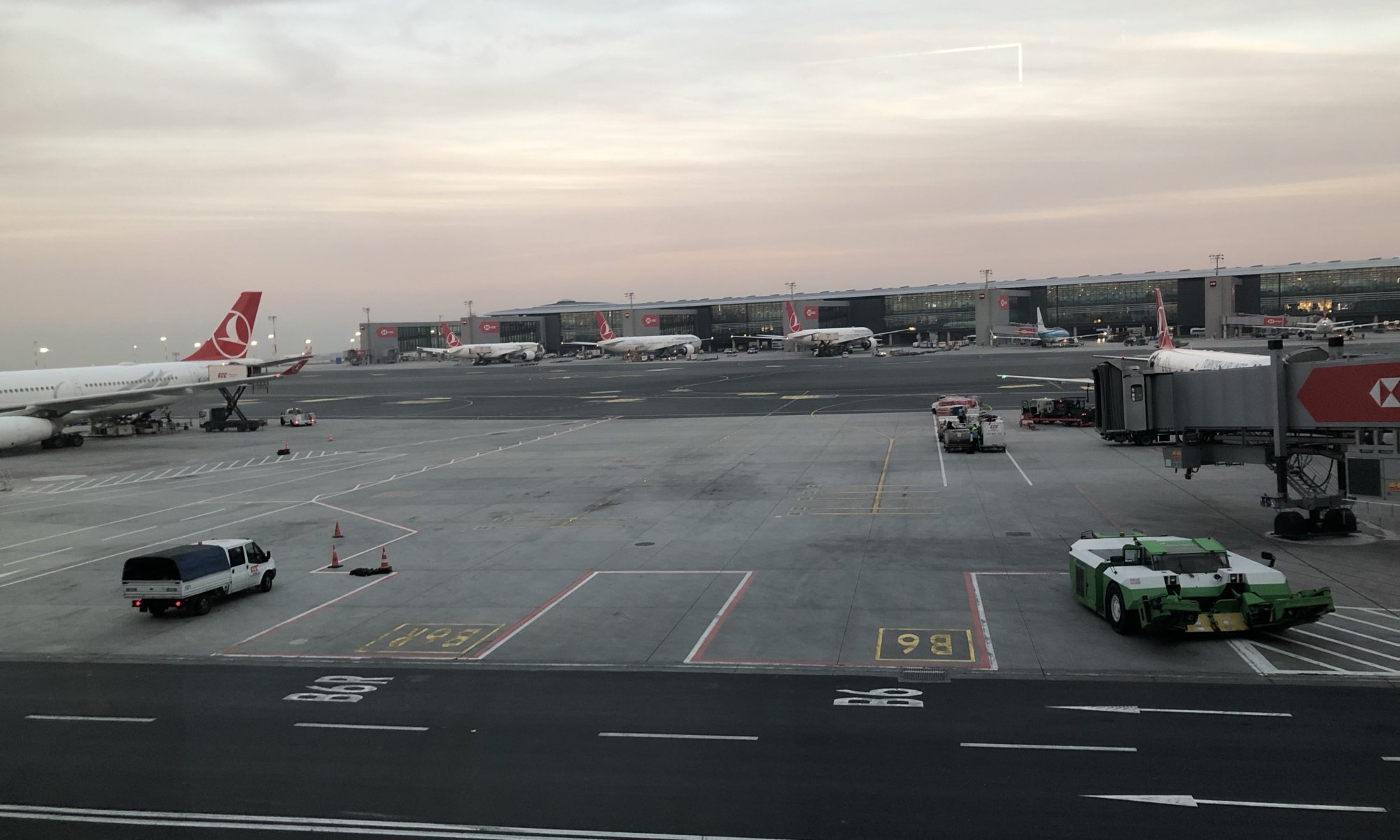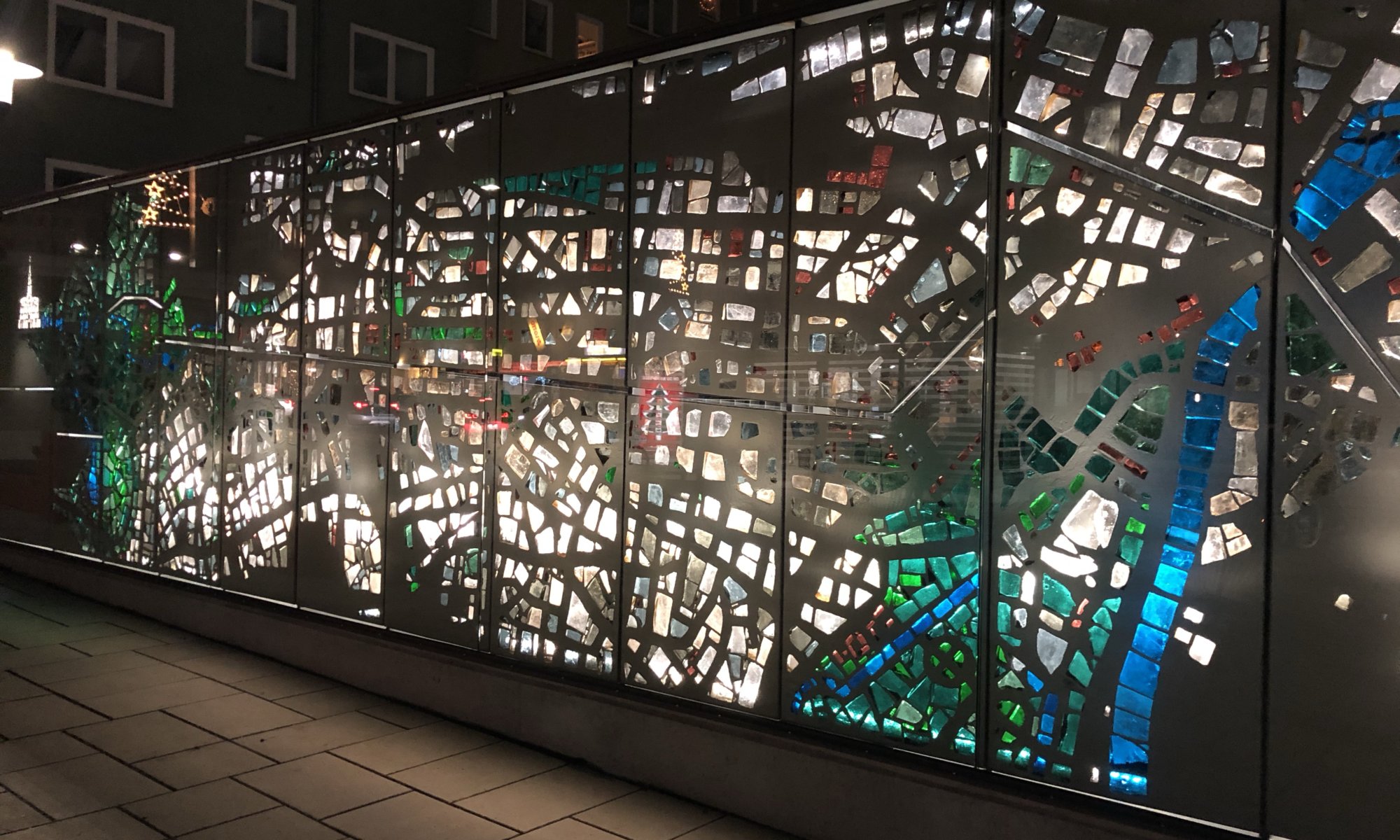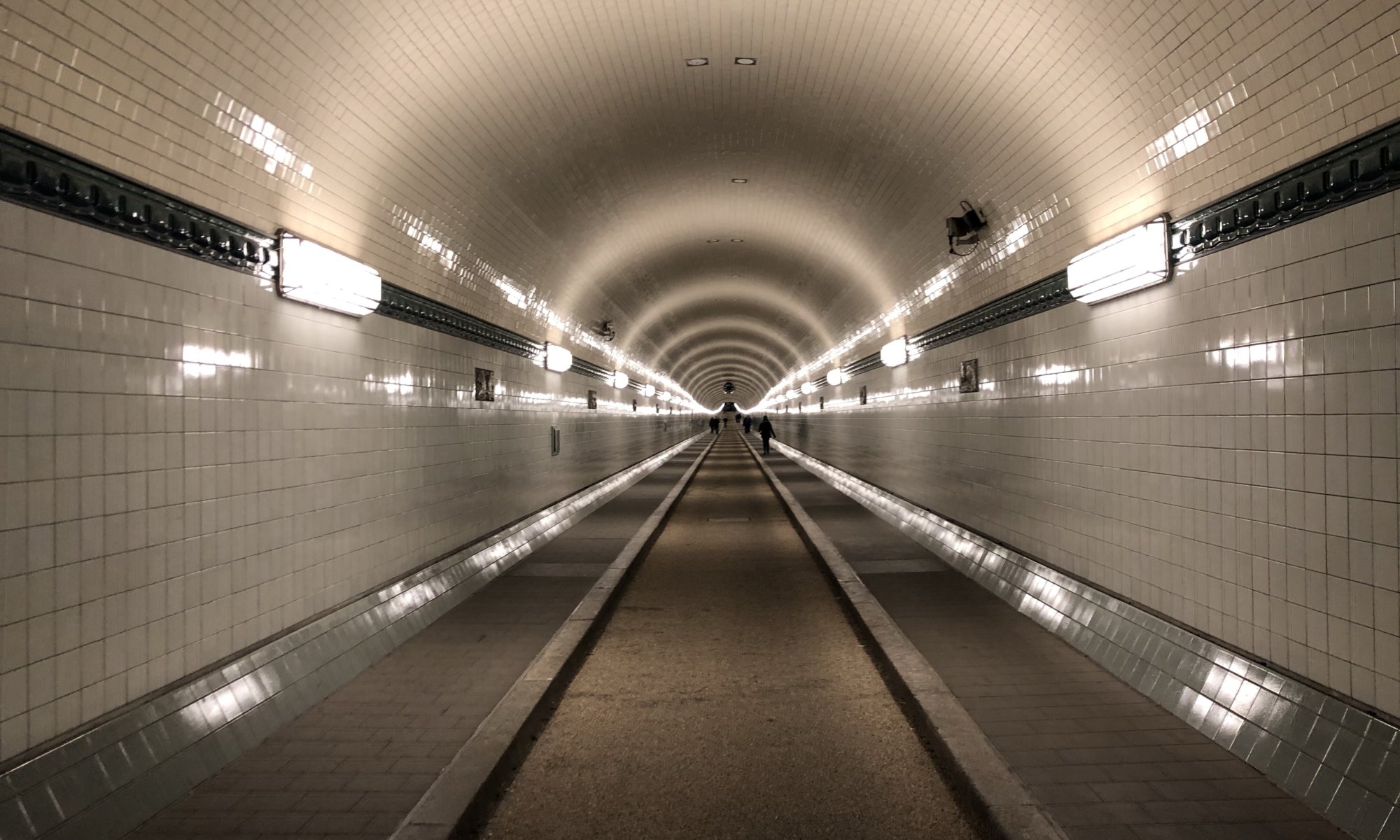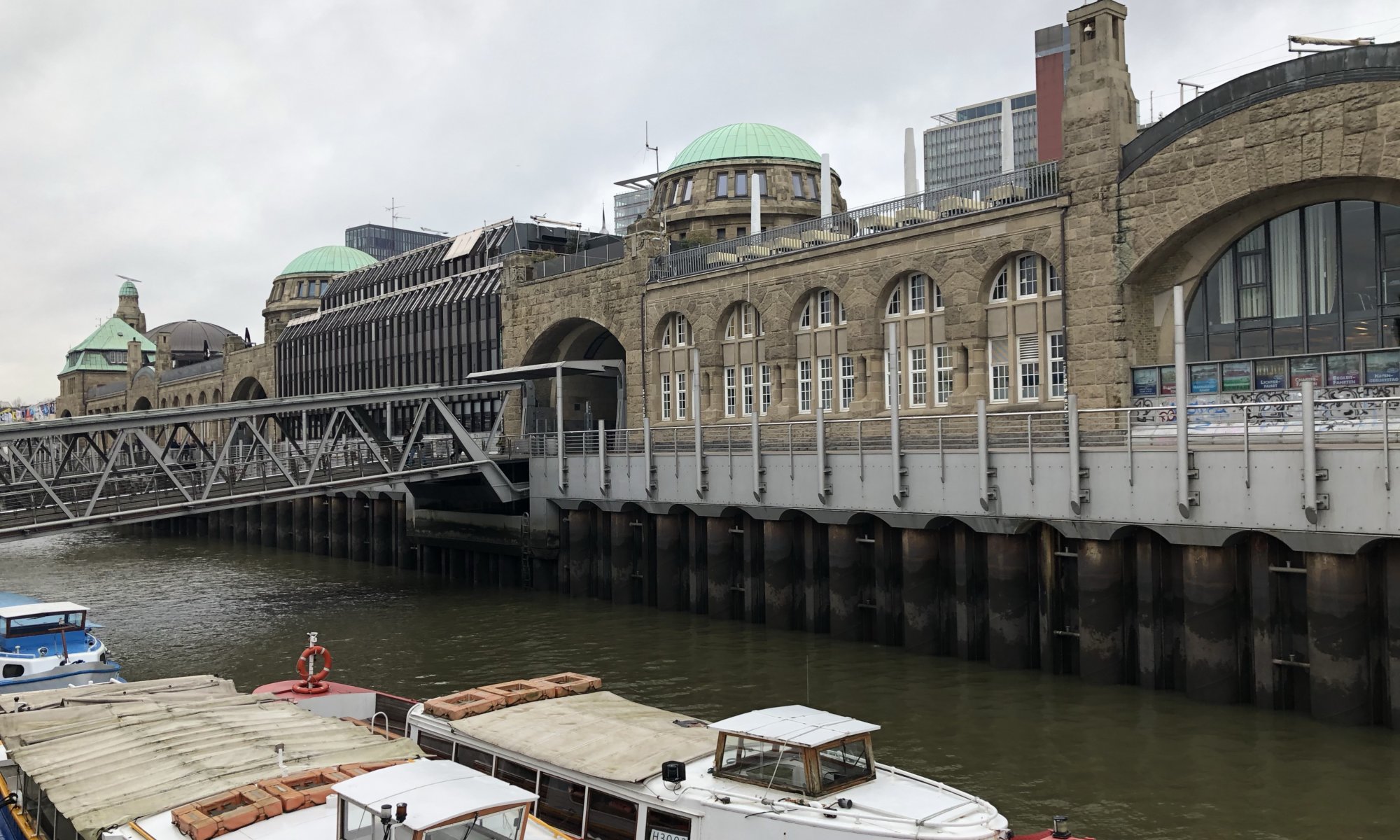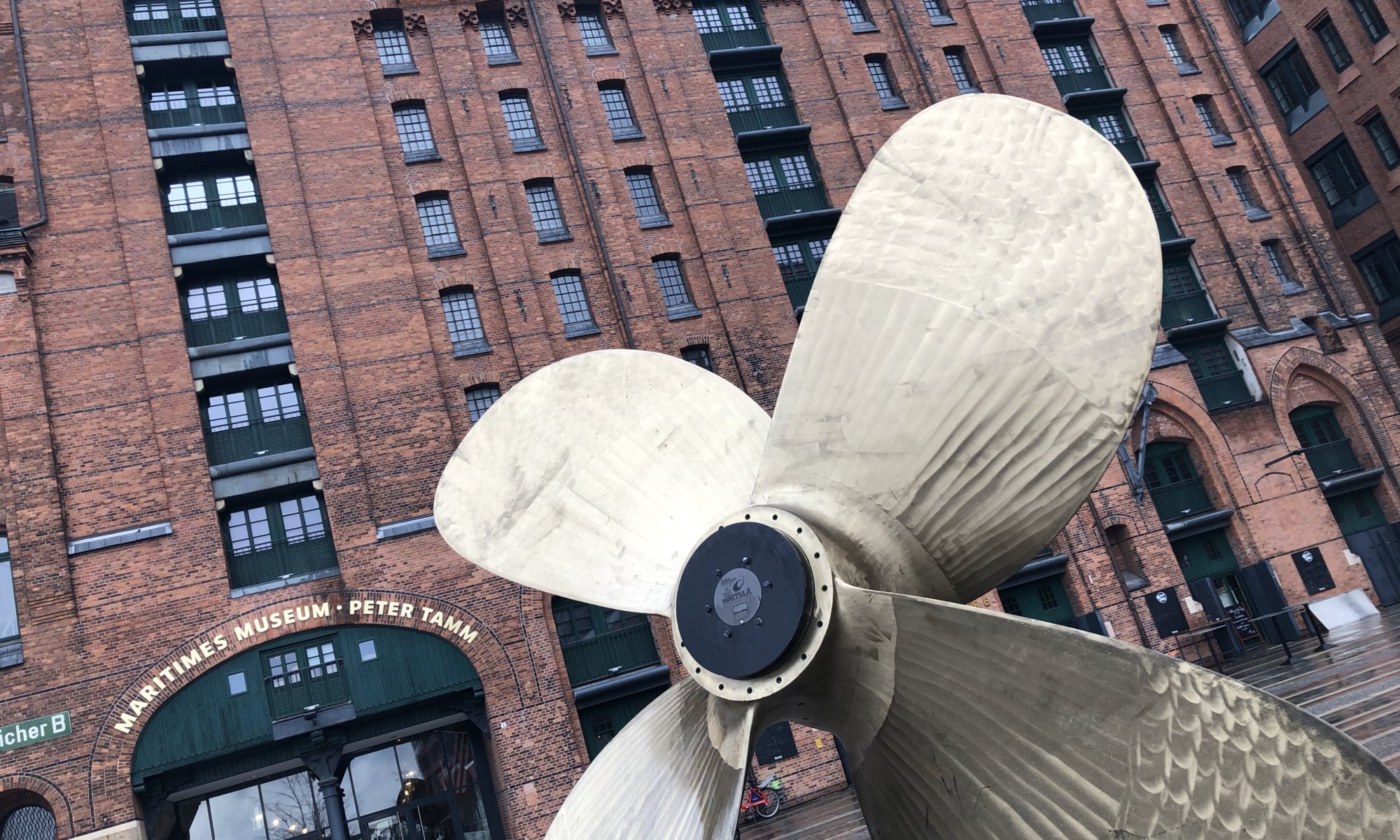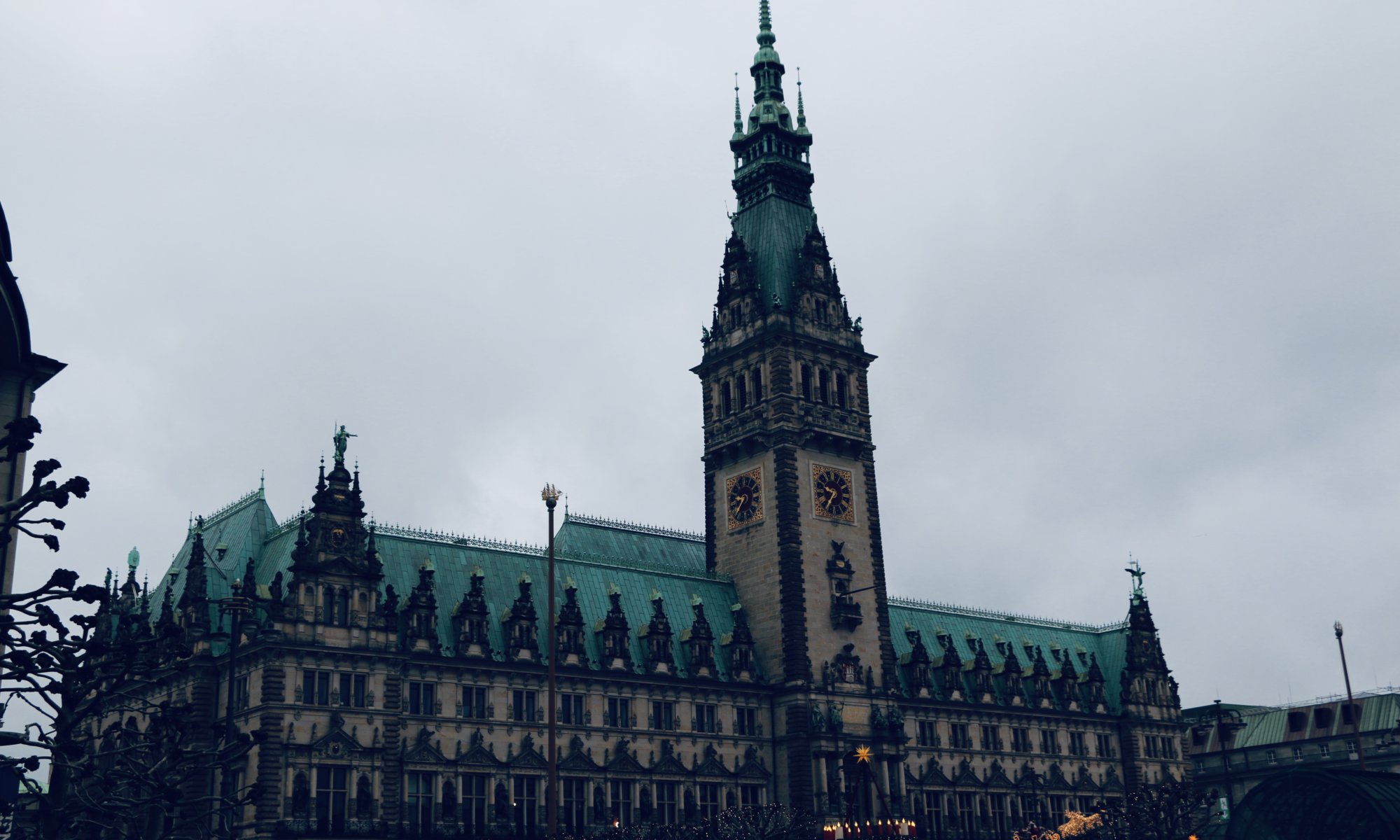The Rafic Hariri International Airport (BEY) at بيروت is the most important gateway to Lebanon. It is a smaller but well-working airport located 9 kilometres south of the city centre. The airport has just one terminal but three runways and was renovated in 2019 – the old terminal is still standing and looking like a ruin. The airport was named after former prime minister Rafic Hariri after he was assassinated in 2005. It is also the home base of Middle East Airlines (MEA) which is said to be a good airline with well-trained staff.
Continue reading “Rafic Hariri International Airport”İstanbul Havalimanı
It is the new, vast and shiny airport of Turkeys capital city: the İstanbul Havalimanı. It replaced the old Atatürk International Airport in April 2019 and has three terminals and four runways. The airport is modern, beautiful and flights often arrive after a nice loop over Karadeniz. Disadvantages are that the airport is very large so that you’ll have to walk very long distances and that it is much further away from the city centre than the old one.
Continue reading “İstanbul Havalimanı”Gläserne Stadt
The Gläserne Stadt (vitreous city) is a beautiful artwork that was hidden in the underground: it was created in 1968 by artist Dieter von Andrian for the one and only underground tramway stop of Kassel, Germany – located underneath the main railway station (Hauptbahnhof, now Kulturbahnhof). It is 14 meters long and 2.5 meters high and shows a detailed map of Kassel, from the Unterneustadt, the river Fulda and the Karlsaue up to the Bergpark. You can easily spot the Königsplatz and the Wilhelmshöher Allee as the main (but broken) axis through the city. The artwork is illuminated in the evening, and it is most beautiful to visit it in the evening hours.
Continue reading “Gläserne Stadt”Elbtunnel
Hamburg, Germany, is located at the river Elbe which splits the city into two parts: the city itself with the residential zones in the North and the docklands / industrial zone in the South. When tourists today want to see musicals in the harbour they cross the river by boat. But what about the workers that needed to cross the river twice a day? For them, the St.-Pauli-Elbtunnel or Alter Elbtunnel (to distinguish it from the motorway tunnel opened in 1975) was opened in 1911: a tunnel under river Elbe that can be passed on foot as well as with cars.
Continue reading “Elbtunnel”Landungsbrücken
The St. Pauli-Landungsbrücken at Hamburg, Germany, are an ancient pier for passenger ships dating back to the year 1839. These ships were by that time powered by coal and it was, therefore, wanted to keep a distance between the ships and the harbour buildings to prevent fire. The pier is 688 meters long and from here big ships went on long journeys – a place that must have seen many tears of joy and sorrow.
Continue reading “Landungsbrücken”Kunsthalle
The Hamburger Kunsthalle is a fantastic art museum close to the railway station of Hamburg, Germany. It consists of three buildings dating back to 1868, 1921 and 1996 and also the art shown here covers a long time period from the Middle Ages to modern and contemporary art. The collection is presented on 13,000 square meters throughout the interconnected buildings and you can walk there for hours enjoying fine art.
Continue reading “Kunsthalle”Tierpark Hagenbeck
Hagenbecks Tierpark at Hamburg, Germany, is a well-known zoological garden. In fact, it consists of two things that can be visited separately: the tropical aquarium and the zoological garden. In 1907 it was the first zoo without fences, but its roots go back to 1848 when a member of the Hagenbeck family started to exhibit six seals in the city centre. Today you can see more than 1,800 animals of 200 species in the zoo and 14,000 animals from 300 species inside the aquarium.
Continue reading “Tierpark Hagenbeck”Maritimes Museum
You can’t get to Hamburg, Germany, without learning something about seafaring. It is a necessity like eating fresh fish or visiting the Reeperbahn. A very good place for this is the Internationales Maritimes Museum (IMMH) located in an old storage building at the Speicherstadt. It was opened in 2008 and exhibits on nine floors nearly everything about people crossing the sea on a boat. This includes 50,000 miniature boats, numerous paintings about seafaring and special things I never heard about before like ship models made from bones.
Continue reading “Maritimes Museum”Elbphilharmonie
The Elbphilharmonie is a giant concert hall at the Speicherstadt of Hamburg, Germany, and the city’s newest gem. It fits well into the location by combining the existing foundations of a former storage building with a new glass front on top. It was inaugurated in 2017 and has already become a new icon of the city. In addition to the concert locations, you can also find restaurants, a hotel and a coffee bar inside the building.
Continue reading “Elbphilharmonie”Rathaus
The town hall of Hamburg, Germany, is an absolute beauty. It is located near the Jungfernstieg and the Binnenalster and shows the extreme richness of the city in the past. It was built between 1886 and 1897 in the Renaissance revival style. The 112 meters high tower is an icon of the city. You can walk around inside and outside the building for a very long time and always discover something new as the building is very rich in decorations.
Continue reading “Rathaus”